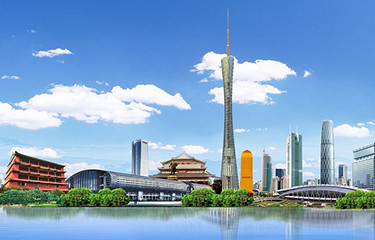 China as Asia’s future seafood hub
China as Asia’s future seafood hub
Key Chinese port cities like Qingdao, Guangzhou, Zhanjiang and, inland, Kunming, will become regional trading hubs for seafood for Asia, and eventually, will become price-setting centers. In recent years, China has been putting in massive cold-chain capacity, and that is likely to continue.
But China is still in the beginning stages of developing several huge, ambitious infrastructure projects currently being built under the One Belt, One Road (OBOR) blueprint for expanded Chinese trade, and questions remains about how these will be linked into regional trading networks. Supply flows will be dictated by how well promised highways and high-speed railways end up linking Chinese trading hubs and the country’s already well-developed highway system with places like Bangkok, Phnom Penh, and Saigon. Will all roads now lead to China?
Most likely outcome: China has been putting out feelers to international lenders to invest in OBOR projects. That may suggest that ambitions are being scaled back or adapted for affordability. However, some of the more lucrative and promising projects, like Chinese railway works in Iran (which has become a huge buyer of Chinese tilapia), are continuing apace.






